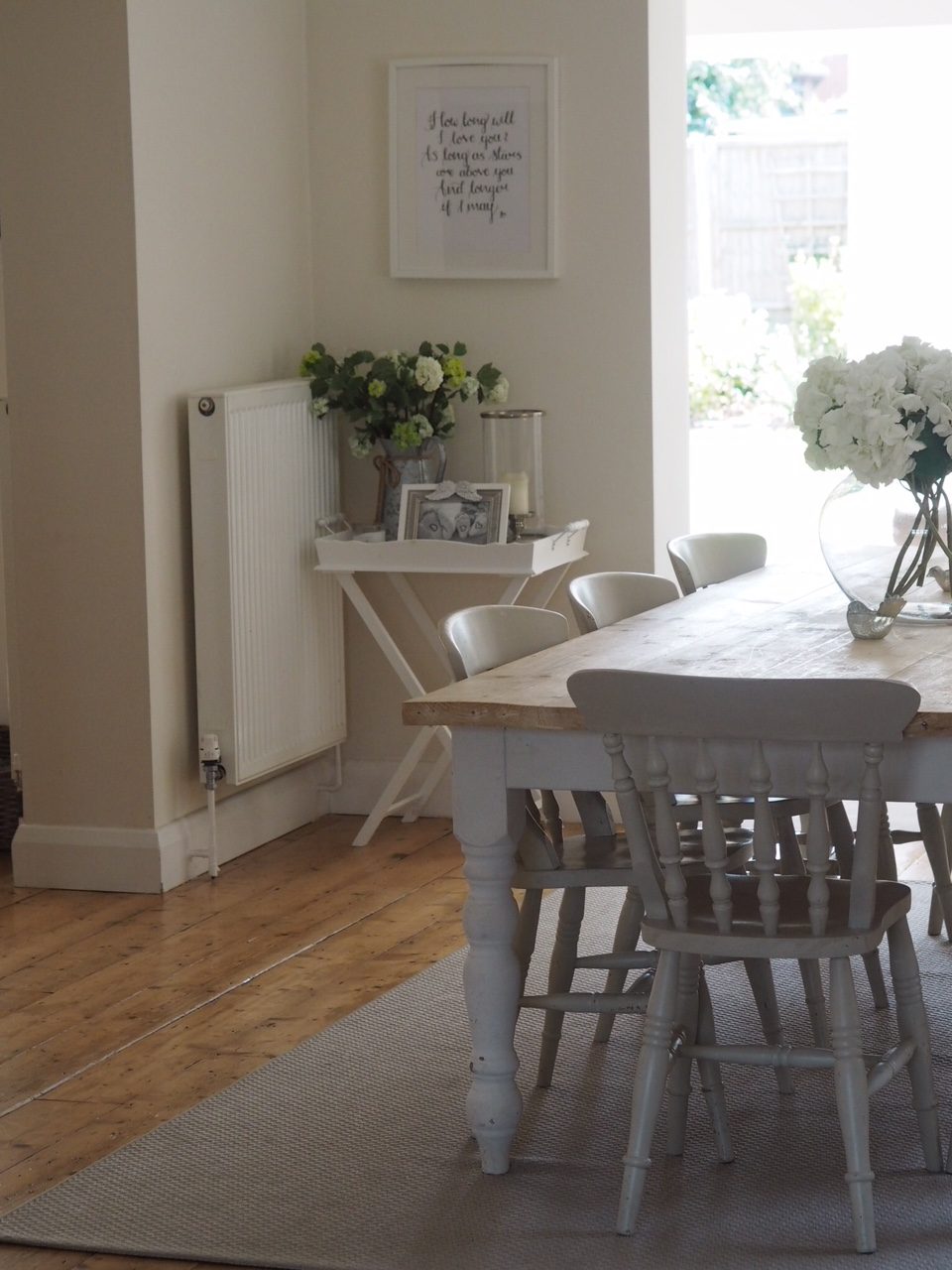
A damp problem in the home can end up being a major issue, and one which you will want to identify and deal with at the earliest possible opportunity. Though these problems tend to be more obvious during the winter months, you can watch out for them at any time during the year. So, here are just a few of the main areas where you can spot the warning signs of damp.
Walls –
There are plenty of visual clues which are common signs of damp that you should be wary of. Look for any development of mould, fungal growth, flaking paint or peeling wallpaper. When you are examining your walls, your sense of touch can be just as important as the visual inspection part. Hold your hand against the wall to see if it feels cold and damp.
Ceiling –
As well as looking for the signs of mould which we have just discussed above, you should also check out the colour of the ceilings carefully. If you see any brown patches in the external corners or near chimneys, this could mean that damp is starting to creep into your home from above.
Windows –
The best time to inspect your windows is in the morning. Check for any excess condensation or small puddles of water which have gathered on your window sills. You may also find that black mould can develop on windows which are made of wood or PVC, as well as the silicon sealant on the edges of the frames.
Bathrooms and Kitchens –
As well as conducting the checks that we have already mentioned above regarding walls, ceilings, and windows, you should also double check that mould isn’t hiding inside your kitchen and bathroom cabinets and cupboards. While you are doing this, you should also pay attention to any musty smells which may also be an indicator of trouble.

Furniture and Soft Textures –
Don’t only assume that damp is constrained to hard surfaces. It can also affect the inside of curtains, blinds, and other upholstered surfaces including sofas. Don’t forget to check out the backs of these items as well for any issues.
Basements –
If your home has a basement or other unheated storage space, this is an area in which damp is likely to thrive as they tend to be cold, dark and poorly ventilated. The first sign that there may be a problem is a musty and damp smell. Check out your painted walls and woodwork for any staining issues as well.
If you do start to notice some of the issues that we are about to discuss, you will want to get in touch with a damp proof specialist like London Damp Proofing Ltd at the earliest possible opportunity. Otherwise, the problem is only likely to escalate and get worse.
The earlier you identify a damp problem in the home, the quicker you are going to be able to deal with it and return your house to normal once again.
Love,
*This is a collaborative post
